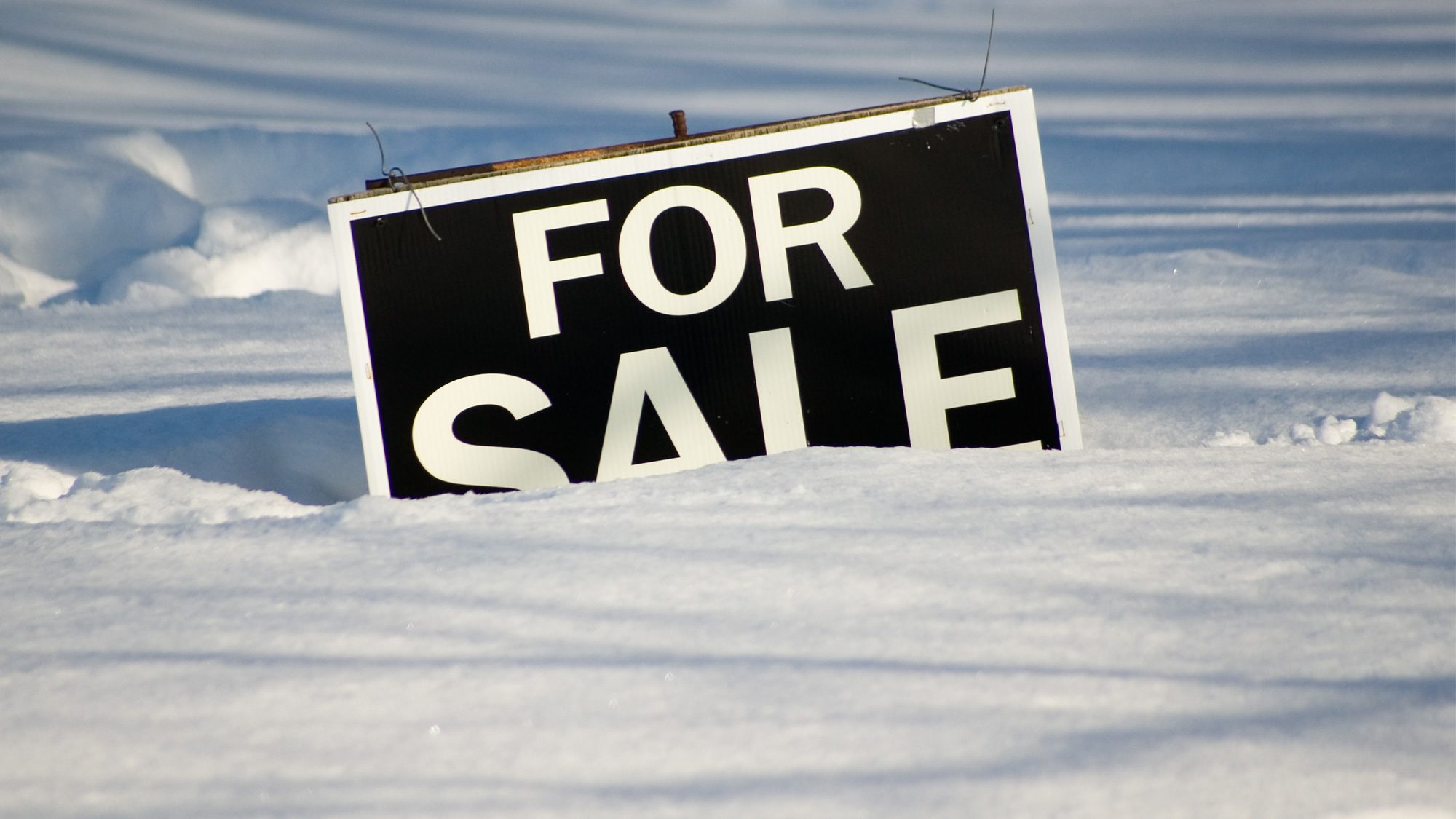The No. 1 Sign That We May See a Cooler Spring Home-Buying Market

The No. 1 Sign That We May See a Cooler Spring Home-Buying Market

wwing/iStock
This year’s spring home-buying season, when the frenzy typically kicks off for the year, appears to be off to a slow start—particularly in and around some of the nation’s most expensive, coastal cities.
That’s because for the fifth month in a row, the number of homes on the market surged 6% in February compared with the same time the year before, according to realtor.com®’s recent inventory report. Until last year, the nation had seen several years of housing shortages.
“It suggests that the housing market is starting on a cooler footing this spring than last spring,” says realtor.com’s chief economist, Danielle Hale. That’s partly a result of the long-term housing shortage that pushed prices up so high, fewer people were able to actually buy a home. “Sales have slowed. … Affordability is a challenge.”
The national median home price is now $294,800, up nearly 2% from last month and up 7.2% from February of last year.
Which markets are seeing the biggest boost in homes on the market?
The big, pricey, tech-fueled cities on the West Coast saw the greatest influx of homes on the market. The nation’s most expensive market, Silicon Valley’s San Jose, CA, experienced a 125% jump in the metro area in February compared with a year earlier. (The metropolitan area includes the main city and the surrounding suburbs.) The median home price in the metro is a whopping $1,079,800—and that’s down 10% from the previous year!
That sky-high price tag is one of several reasons buyers suddenly have more choices in Silicon Valley—if they have the means.
“Prices are so high there that even with a high-paying job, it’s difficult to afford homes,” says Hale. Therefore, residences are taking a little longer to sell.
“Builders are definitely trying to build in that area. Buyers are being a bit more hesitant [to purchase properties], while existing residents who are thinking about downsizing or retiring or moving somewhere else think now is a good time to put their home on the market, while home prices are still high.”
The metro was followed by Seattle, at 85%; San Francisco, at 53%; San Diego, at 39%; and Portland, OR, at 36%.
Overall, the most selection is on the high end. The number of homes priced at $750,000 and above shot up 11% year over year in February.
That’s because cheaper properties are most in demand, so they sell fast. And there simply aren’t as many buyers with large-enough bank accounts to snap up the pricey homes.
Where are list price reductions on the rise?
Sellers hoping for big paydays across the nation have been forced to lower their expectations, and their asking prices, over the past few months. Home price appreciation had a good run after rebounding from the recession, but eventually rising mortgage rates boosted buyers’ costs to a point where too many folks were simply priced out of the market.
Las Vegas saw the biggest bump in price cuts, up 19% in February compared with a year earlier. That’s likely because list prices in Sin City rose 7% year over year in the metro, hitting $310,348 in February. But the annual rate of appreciation there is slowing down a bit, down from a 12% rise the previous year.
“The market is slowing there, and sellers are being a bit slow to adjust,” says Hale. “Just because a market is seeing price cuts doesn’t mean prices are actually falling. It could just be a sign that sellers got a little too ambitious in their initial price.”
Next up was San Jose, at 9%; Phoenix, at 7%; San Francisco, at 5%; and Dallas, at 4%.
The post The No. 1 Sign That We May See a Cooler Spring Home-Buying Market appeared first on Real Estate News & Insights | realtor.com®.
Source: Real Estate News and Advice – realtor.com » Real Estate News
